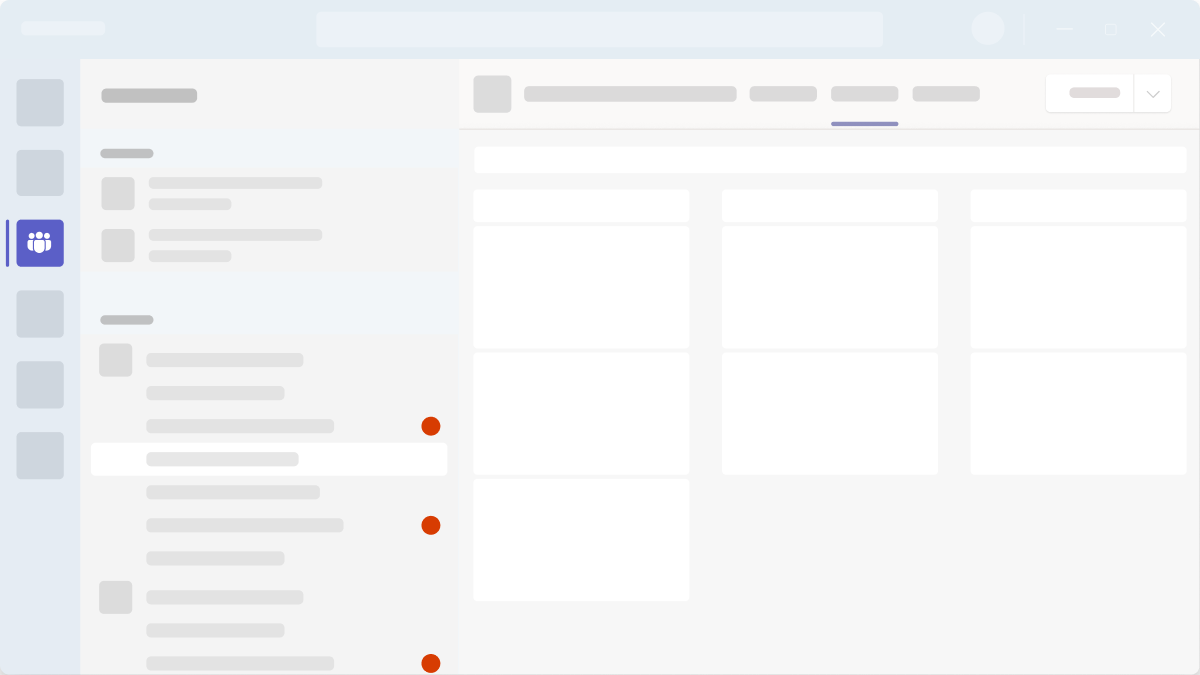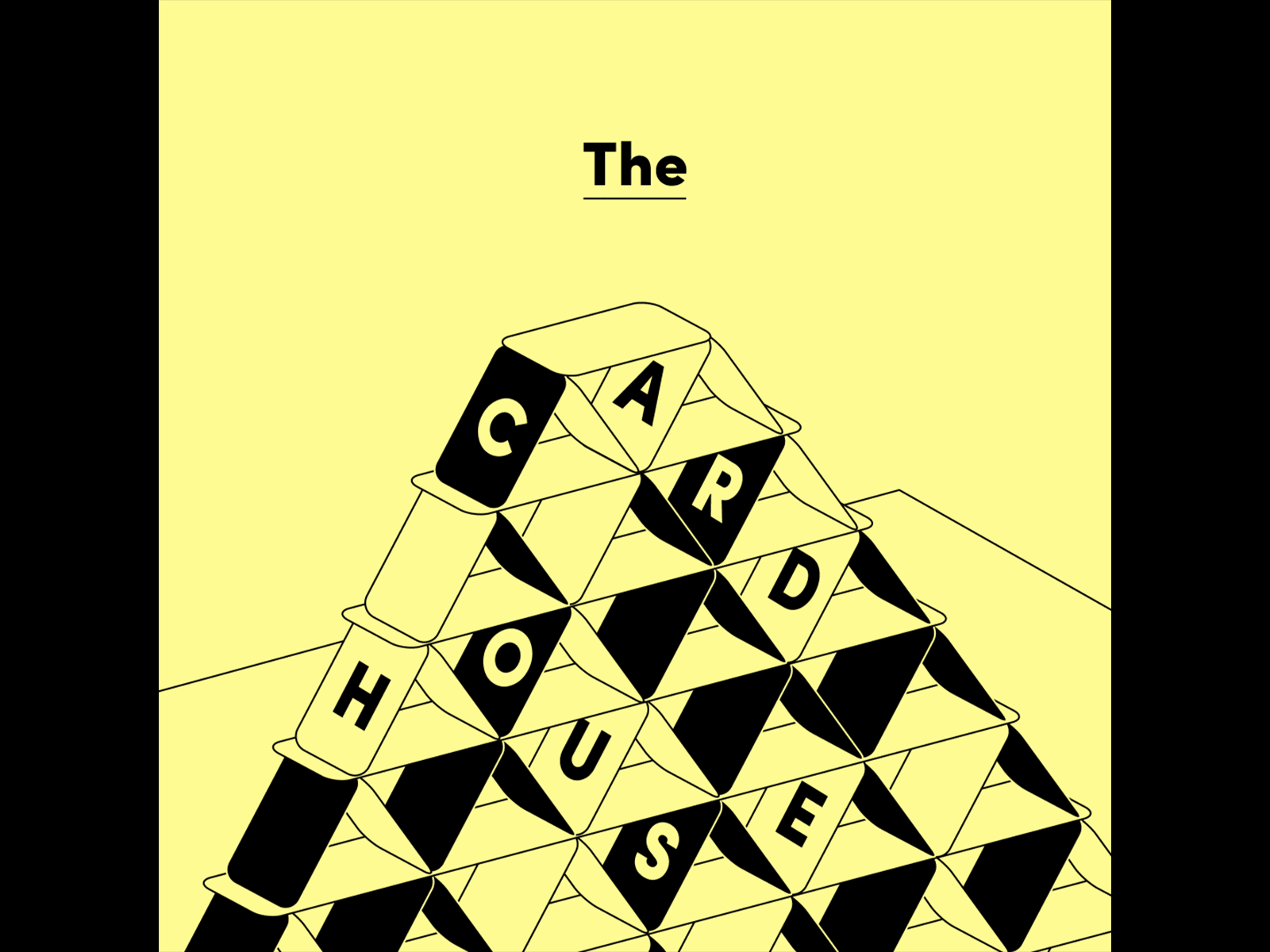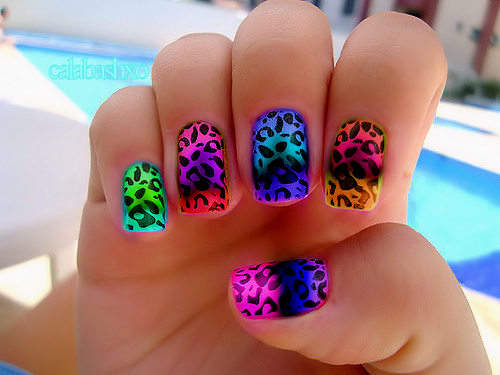Table Of Content

The tabs BREAK DOWN the entire reservation process into small, easy steps. The user is asked to enter details in each tab and choose from various options. The final tab tells the user to confirm the choices made by them and about the entered details. The steps to make a reservation are provided in different tabs in this form.
YouTube rolling out stable volume, You tab, song search by humming, and more - 9to5Google
YouTube rolling out stable volume, You tab, song search by humming, and more.
Posted: Tue, 17 Oct 2023 07:00:00 GMT [source]
Nested tabs offer endless possibilities
Another great thing about this design is that it is completely responsive and automatically adjusts to every design screen size with ease. When hovered over any of the tabs, the texts also come into view, executing a smooth fade-in effect. As it is based purely on CSS without additional JS, the whole structure is pretty easy to implement. This pretty straightforward design is the proper definition of CSS tab design. It features a pretty purpose-oriented interface that covers everything one expects from a tab design. It features a simplistic layout with the contents displayed under the functional tab menu.
Nested Tabs
Created with the code structure using CSS, HTML, and JS, this design is unique and visually pleasing. It features a horizontal tab instead of the traditional vertical design, with all of the tabs represented by icons. The contents inside are designed to be displayed on the card-based design, and each fades in and out of display when the tabs are clicked on. Another small detail is the color transition effect on the icons of each tab when hovered over.

#18 Mobile First Accordion to Tabs
You can change the tab headings if you need to collect other information from your user. Colorlib Wizard 25 is a great form wizard developed by Colorlib. The tab headings are ‘Personal Information’, ‘Bank Information’, and ‘Confirm Details’. Navigation tabs act as a gateway to different sections of a website. They are commonly used for sections such as “Home,” “About Us,” “Services,” and “Contact,” ensuring easy access to vital content.
Bootstrap Tab + jQuery Validate by Gabriel Buzzi Venturi
The top of our list is this premium-like CSS tab design by Allen Brady. Simple, elegant, and efficient, this design is great for any type of website, whether professional or personal. It is complete with various creative icons animated to work as tabs. Each feature a designated area for contents and placeholder for media files.
The tabs themselves have a subtle hover effect and the content switches with no animation, so it is very snappy. It is great to look at a different CSS & HTML tab design where they are not attached to the content. The little gap really gives a different feel, making the design stand out. Animated tabs with an indicator can be useful to create a minimal design but the user still knows where they are. These CSS tabs would go nicely on a product landing page to explain the different features of a product or service. Clean and minimal design with nice hover animations on each tab.
Learn more about Tabs
Consistent design helps to reduce the amount of cognitive effort required in order to decode the visual representations in a user interface. Colorlib Wizard 19 is another great form wizard, including three Bootstrap tabs. The tabs will make it easy for your users to register on your site.
Tab design, when executed right, can significantly elevate user experience. It’s a balancing act of aesthetics, functionality, and usability. By adhering to best practices and sidestepping common pitfalls, designers can craft interfaces that are not only visually appealing but also user-friendly. That is because people are hard-wired to recognize patterns, even when there are none.
Golden Colorado Bachelor Pad
Whichever you choose, pair your trigger with a swipe or slide action for a smooth transition between tabs. However, for the sake of accessibility, many users prefer the mouse click, as Creative Bloq points out. We’ve seen some great examples and each one offers something different. From responsive designs to fancy CSS animations and transitions, there is something for everyone. This CodePen comes with a whole range of CSS tab examples, different styles, tab indicators and backgrounds.
Whether you are a web developer seeking inspiration or a designer looking for ready-to-use tab code snippets, this article is your ultimate resource. By incorporating these CSS tabs into your website, you can enhance the visual appeal and functionality of your content. For clear understanding, use icons along with the text as tab titles. This will give a visual and attractive look to your tab bar. Either use a short label or adjust the size of the tab bar in the parent area. If you opt for the hover, let the user know that they can click on content within each tab by changing the mouse cursor property to a pointer.
If you’re designing a website wireframe, you’ll need to decide whether to create a click or hover trigger. For in-page tabs when the user doesn’t need to switch between pages to access each tab, the hover may substitute the click for a more seamless experience. Equally important as content in tab design is how you display it. As Nick Babich points out, text should be easy to scan and so labels should provide short, meaningful descriptions of what the tab contains. For instance, if you display too much content in one tab, you’ll have users jumping back and forth between tabs trying to memorize information.
Most importantly, you must never abbreviate tab labels, as users would then have to rely on what they can deduct from the visible portion. We insert tab labels purely to help users see exactly where they will go and where they are. Avoid using nested tabs as it makes it difficult to relate the content within each tab and its nested tabs. If you need to organize content in nested tabs, it is better to design them using different visuals or another design pattern. A tab can contain more information in the form of indicators.
The title of a tab must be related to the content that is being displayed in the tab so that users can have a clear expectation. Tab switching should be faster, and users must not wait for the content to be loaded every time a tab is switched. Tabs are UI controls used to organize the content of a page into multiple panes where users can see one pane at a time. The content is related and lies in the same hierarchy in the application. Tabs provide a way to navigate between different sections of a page to see the related information distributed among these sections. Tabs need to be big enough so users can easily click or tap them.
This example has two tabs, with‘ Contact Information’ and ‘Address Information’. The user can see their headings only when those tabs become active tabs. In other words, they can see the tab headings when the tabs are opened. This form wizard will suit you if you have an online store that sells fruits.
In order to implement tabs, the main step is to determine which categories of content you need. Keep in mind not to use too many categories, as that may lead to confusion and lower efficiency. When you ensure that selected tabs stand out visually, and all tabs are presented consistently, you’ll create interfaces people will love to use over and over again. Users of all ages will still remember the tabbed file folders people used to bring order into a vast amount of information and make it super simple to find what they were looking for. If you’re trying to design a good way to prevent your users from having to search for a needle in a haystack every time, the tabbed user interface is just what you need.




















